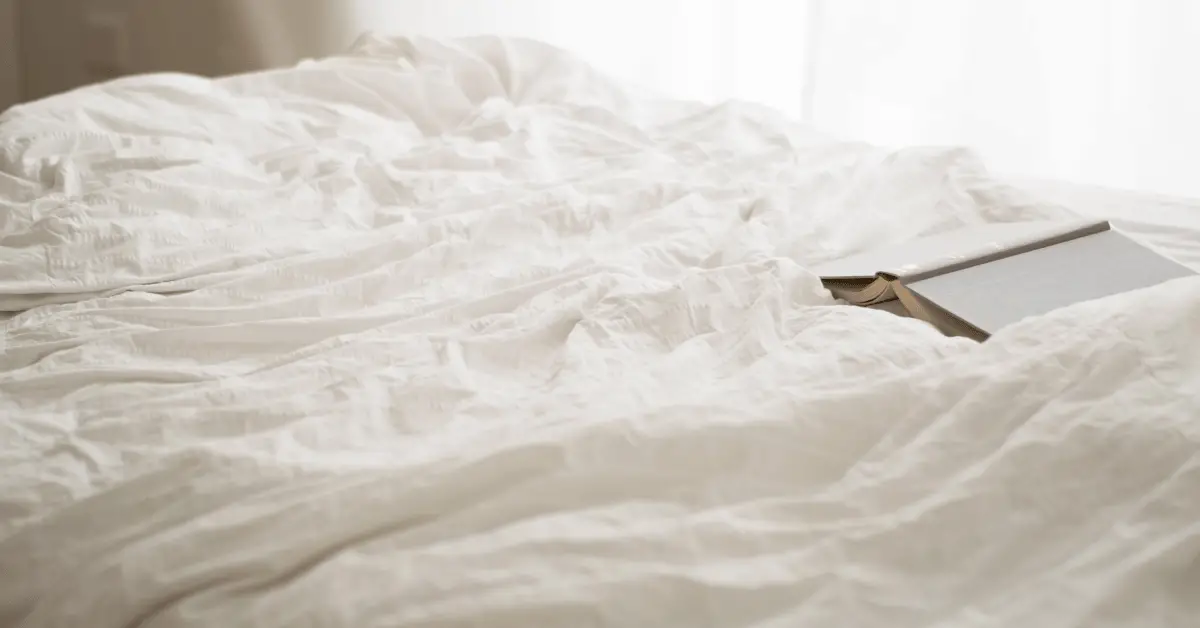Projector screens can be quite expensive, but did you know that you can easily make one using just a simple sheet? Whether you’re looking to set up a home theater or a presentation space for work, making a projector screen with a sheet is a cost-effective and efficient way to achieve the desired result. In this article, we’ll guide you through the steps required to create a projector screen using a sheet, and give you some tips on how to make it look as professional as possible.
Table of Contents
How to make a projector screen with a sheet?
If you have a projector but don’t have a screen, don’t worry – you can make your own screen with just a sheet! While it may not be as high-quality as a store-bought screen, it can still provide a decent viewing experience. In this article, we will guide you through the process of making a projector screen with a sheet, including the materials you’ll need, the steps to follow, and some tips for optimizing your screen. Let’s get started!
Steps to Make a Projector Screen with a Sheet:
- Choose the Right Sheet: The first step is to select a white, matte, and non-reflective sheet for the projector screen. The sheet should be free of wrinkles, tears, or stains.
- Hang the Sheet: Next, find a flat and smooth wall in your room where you can hang the sheet. Use masking tape or painter’s tape to secure the sheet to the wall. Make sure the sheet is flat and taut.
- Adjust the Sheet: After hanging the sheet, use a level to ensure that the sheet is straight and even. Adjust the sheet until it is straight and free of any wrinkles.
- Increase Screen Brightness: Since the sheet may not be as reflective as a dedicated projector screen, you may need to increase the brightness of your projector. You can do this by adjusting the settings on your projector.
- Test the Screen: Once you have completed these steps, test your projector screen with your projector. If necessary, make any adjustments to the sheet or projector settings until you achieve the desired image quality.
- Enjoy Your Homemade Projector Screen: Finally, sit back and enjoy your favorite movies and shows on your homemade projector screen!
Note: While making a projector screen with a sheet is a cheap and easy solution, it may not produce the same image quality as a dedicated projector screen. If you’re looking for the best image quality, consider investing in a high-quality projector screen.
What is the best sheet to use for projector screen?
When it comes to making a DIY projector screen with a sheet, the type of sheet you use can have a significant impact on the quality of the image. Here are some factors to consider when choosing the best sheet for your projector screen:
- Material: The material of the sheet can affect the brightness, contrast, and color accuracy of the projected image. The best materials for a projector screen are those that are matte, non-reflective, and able to diffuse light evenly. Cotton or linen sheets are often the best choices for this.
- Color: White or light-colored sheets are the best options for a projector screen. Darker colors, like black or navy, will absorb too much light and create a dimmer image.
- Texture: The texture of the sheet can impact the quality of the image, as well. Look for a sheet with a smooth surface, as this will reduce any distortion or blurring of the projected image.
- Size: Make sure to choose a sheet that is large enough to create a suitable screen size for your projector. Consider the aspect ratio of your projector when choosing the size of your sheet.
Overall, a white cotton or linen sheet with a smooth surface is the best choice for a DIY projector screen. It will provide an even and clear image, while also being easy to obtain and work with.
Conclusion
In conclusion, making a projector screen with a sheet is a cost-effective and easy way to enjoy a home theater experience. With the right materials and some simple steps, you can create a high-quality screen that provides sharp and clear images. When choosing a sheet for your projector screen, it is important to select one with a smooth surface and minimal texture. Additionally, you can enhance the screen’s performance by adding black borders and using proper tension to prevent wrinkles. By following these tips, you can create a DIY projector screen that will provide many hours of entertainment.

